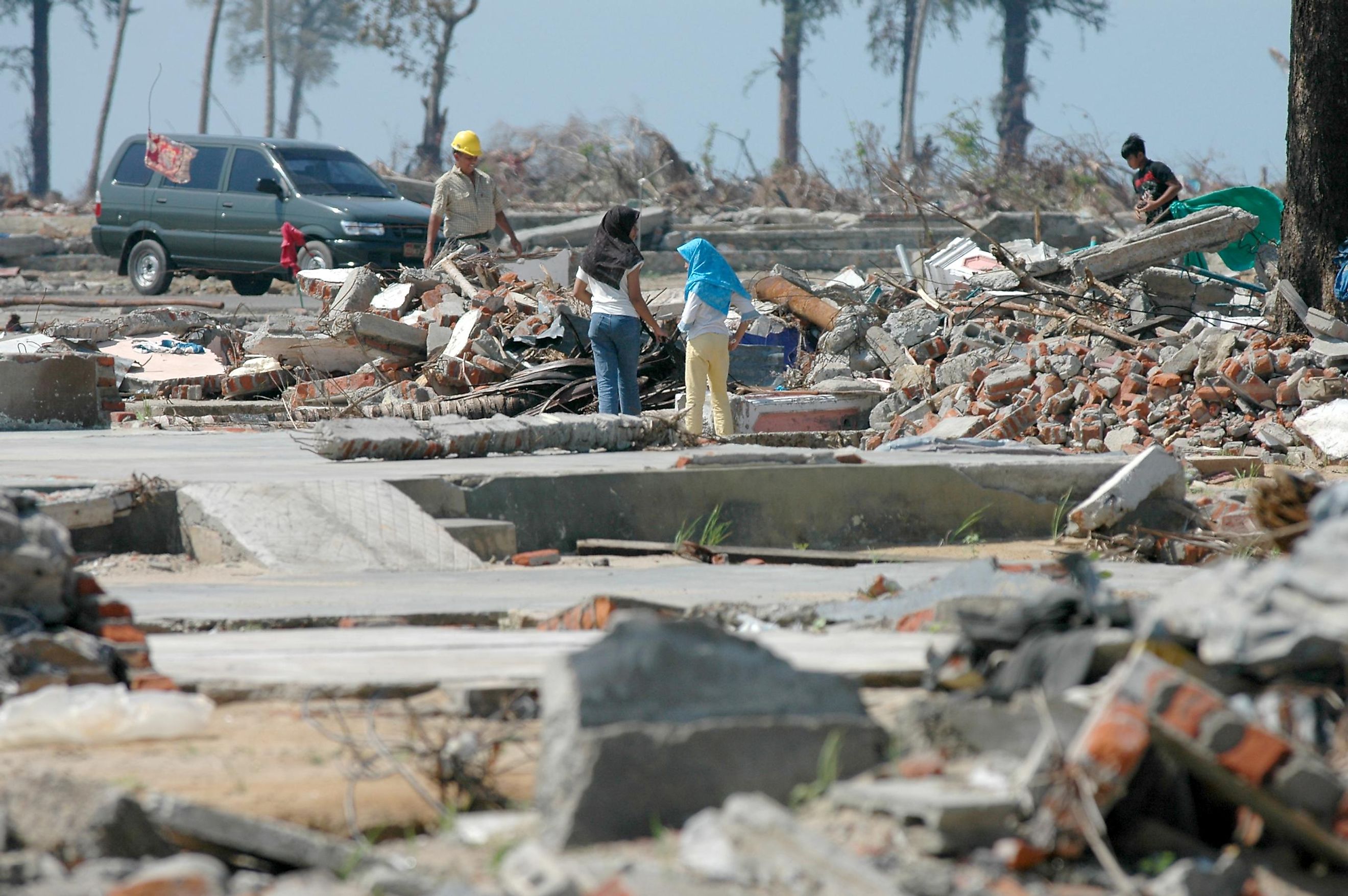
What Were The World's Deadliest Earthquakes?
Earthquakes have always been one of the most catastrophic events human beings can endure. No matter if it's in the Ancient World, or in the Digital Age, the sheer destructive nature of a large earthquake can bring any state to its knees. None have been worse than the 1556 Shaanxi Earthquake that claimed the lives of more than 800,000 people.
| Rank | Location | Death Toll | Magnitude |
|---|---|---|---|
| 1 | Shaanxi (1556) | 820,000 | 8 |
| 2 | Tangshan (1976) | 240,000 - 700,000 | 7.8 |
| 3 | Haiyuan (1920) | 273,000 | 7.8 |
| 4 | Antioch (526 AD) | 250,000 | 7 |
| 5 | Ganja (1139 AD) | 230,000 | 7 |
| 6 | Indonesia (2004) | 227,898 | 9.1 |
| 7 | Aleppo (1138 AD) | 130,000 - 230,000 | 7.1 |
| 8 | Haiti (2010) | 100,000 - 300,000 | 7 |
| 9 | Hongdong (1303 AD) | 200,000 | 8 |
| 10 | Damghan (856 AD) | 200,000 | 7.9 |
1. Shaanxi (1556)
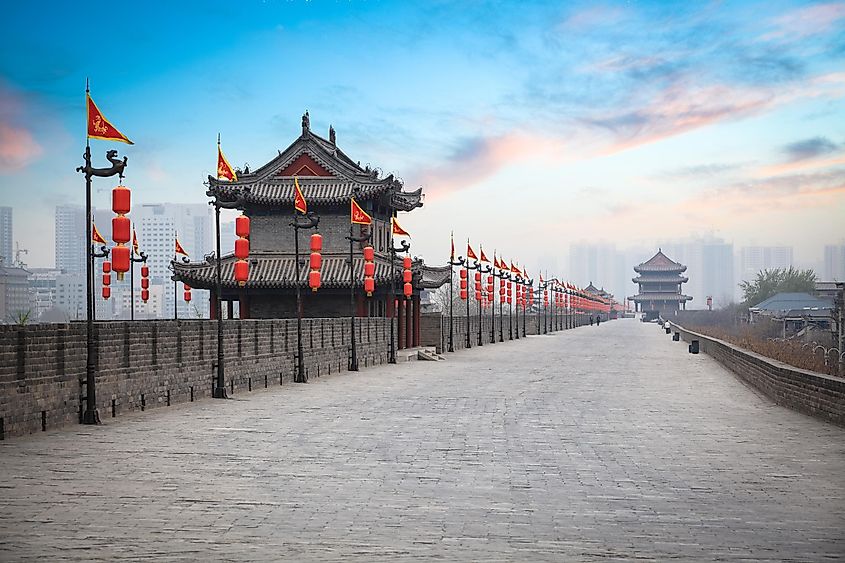
The 1556 Shaanxi earthquake is the deadliest earthquake on record, having killed about 830,000 people. The earthquake struck on the morning of January 23, 1556, in Shaanxi, China during the rule of the Ming Dynasty in the 16th century.
The fact that most of the population in the region lived in artificial caves in loess cliffs called yaodongs was responsible for a greater number of deaths. Several aftershocks continued to strike the region several times a month for nearly 6 months after the disaster.
2. Tangshan (1976)
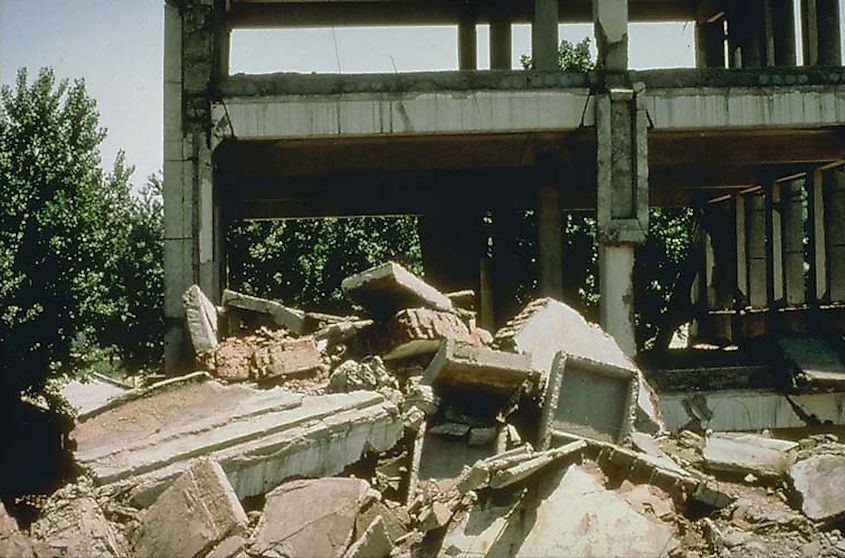
The Tangshan earthquake was a catastrophic disaster that struck Tangshan in Hebei, China on July 28, 1976. About 240,000 people died in the industrial city with about 1 million residents. A further 164,000 people were also reported to be injured severely.
The buildings in the region were also lankily built on unstable alluvial soil since the region was not considered too highly prone to earthquakes. 85% of the buildings thus collapsed or became uninhabitable.
3. Haiyuan (1920)
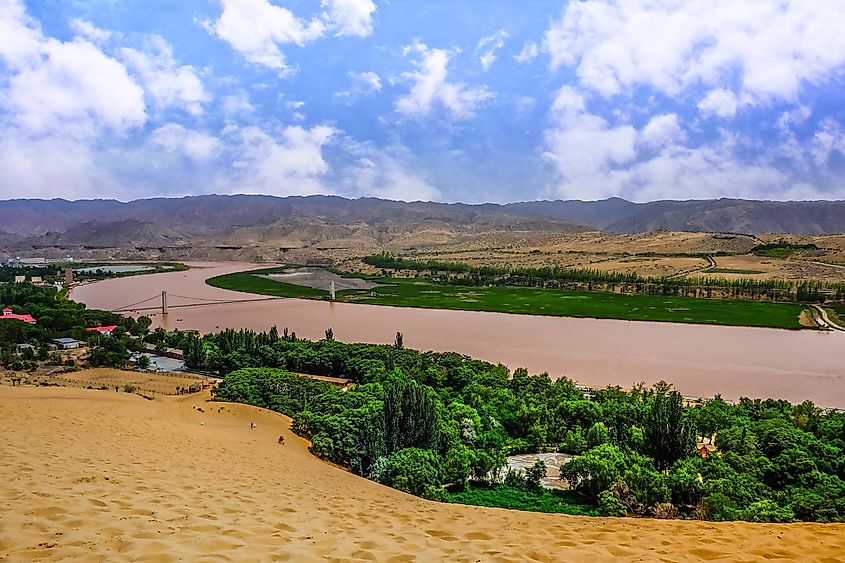
The cataclysmic Haiyuan earthquake of 1920 struck Haiyuan County, Ningxia Province, China on December 16. The disaster claimed the lives of nearly 273,400 people. Nearly all the houses in the Huining and Longde cities collapsed.
Frequent aftershocks discouraged people from building permanent shelters and the severe winter that followed killed many who had survived the initial devastation. The Haiyuan earthquake changed the course of rivers, dammed other rivers, and generated landslides and ground cracks over large areas.
4. Antioch (526 AD)
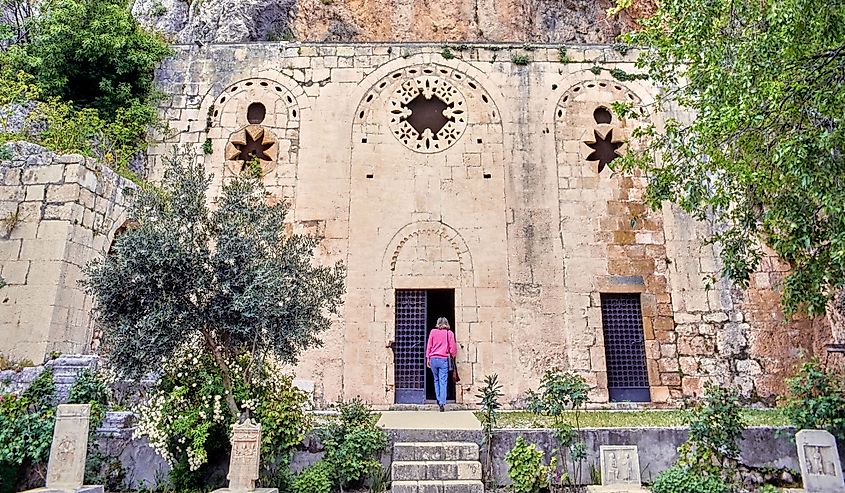
The 526 Antioch earthquake, was the fourth known deadliest earthquake to ever strike the world. The earthquake killed approximately 250,000 people and leveled large parts of the city. Many of Antioch's buildings that withstood the quake were consumed by a large fire that sprung up in the aftermath.
Antioch was the site of numerous earthquakes beforehand. The city suffered a similarly destructive event in 115 AD as well. The high number of casualties in 526 AD is believed to have been a result of numerous people visiting the city to celebrate Ascension Day.
5. Ganja (1139 AD)

Taking place in what is today Azerbaijan, the Ganja earthquake claimed the lives of hundreds of thousands of people. Due to poor record keeping at the time, no hard number has been agreed upon, but conservative estimates place the death toll at around 230,000.
Contemporary scholars at the time were at a loss for words to describe the true level of destruction that they had witnessed. The Armenian scholar Mkhitar Gosh referred to Bible passages to explain what he saw. Needless to say, many of the surrounding cities and towns were completely destroyed.
6. Indonesia (2004)
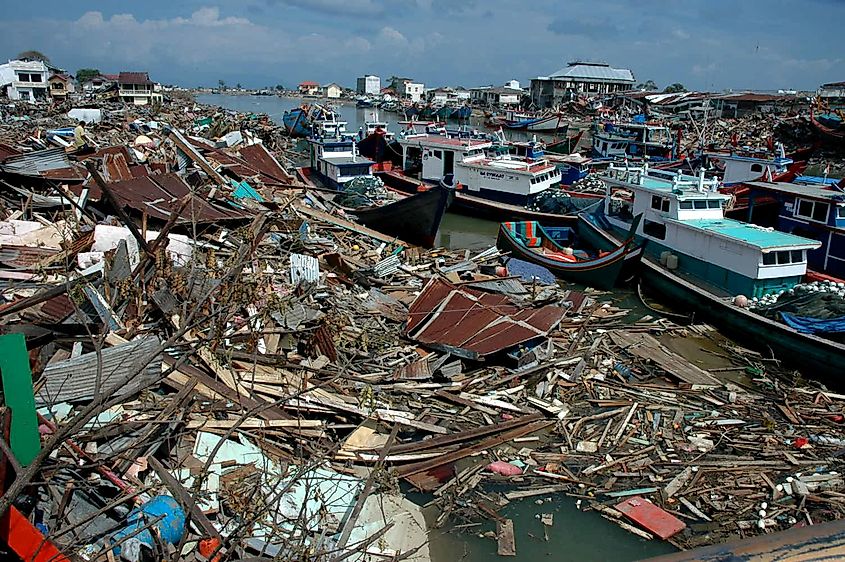
On December 26, 2004, a massive natural disaster struck South East Asia. The epicenter of the earthquake was miles off into the Indian Ocean but it generated a tsunami of apocalyptic sizes. Waves measured to be more than 100 feet high crashed into the shores of the surrounding nations causing mass death and destruction.
Indonesia was the hardest hit. The 9.1 to 9.3 magnitude earthquake ended up claiming the lives of 227,898. Nearly 100,000 people were killed almost instantly when the waves crashed into various cities. This earthquake remains the deadliest of the 21st century by a wide margin.
7. Aleppo (1138 AD)
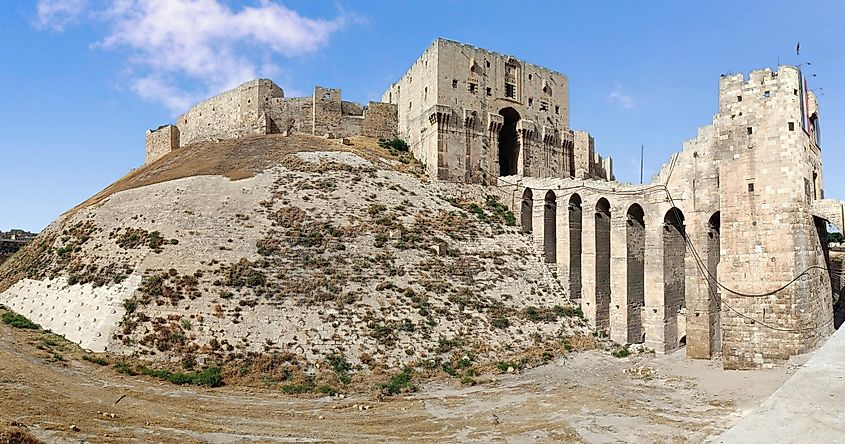
The 1138 AD Aleppo earthquake ended the lives of nearly 230,000 victims, as per the accounts of the time. An official death toll is hard to narrow down but all contemporary sources speak on how utterly calamitous the event was.
Aleppo was almost totally destroyed as a result. City walls collapsed, houses were demolished, and stones hurled onto the streets from collapsing structures everywhere. Further earthquakes took place the following year albeit with less devastating results.
8. Haiti (2010)
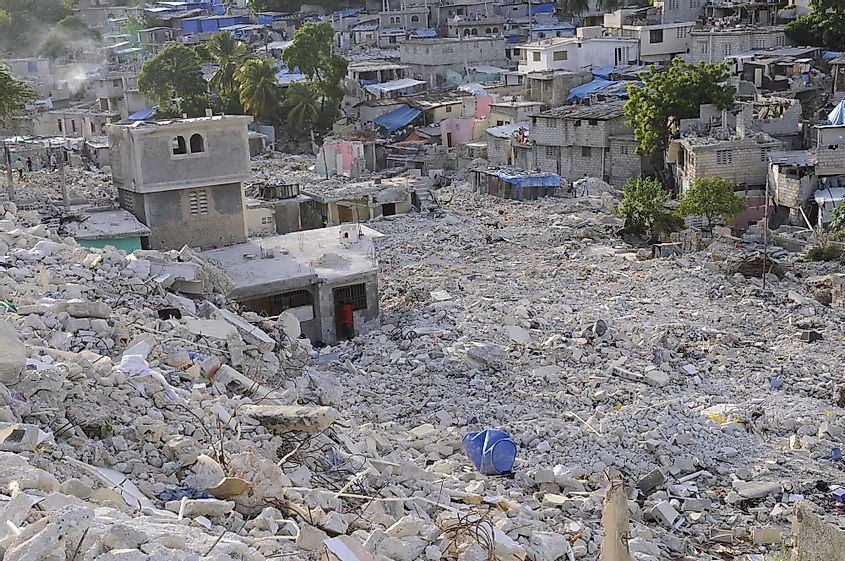
In 2010, the eyes of the world all looked to Haiti after the small island nation was brought to its knees by one of the worst earthquakes in recent memory. Heavily affecting the capital city of Port-au-Prince, much of the capital was left in ruin once the quake was over.
A clear death toll is still not entirely clear. In the chaos of the aftermath, it was almost impossible for both the Haitian government and international organizations to agree on a solid figure. Fatalities range between 100,000 - 300,000 people who either died directly from the earthquake or indirectly as a result of all the disease and malnourishment that followed.
9. Hongdong (1303 AD)

On September 25, 1303, the Chinese city of Hongdong was the victim of one of the earthquakes on record. The Taigu fault zone in the region was probably the point of origin of the Hongdong earthquake. Seismologists believe the magnitude of the earthquake was somewhere around 8.0.
No building in Huo County survived the earthquake. 200,000 people lost their lives in the disaster. Ground cracks gave way to miniature rivers, and city walls and canals vanished completely. In short, the topographic map of the affected region was significantly altered.
10. Damghan (856 AD)
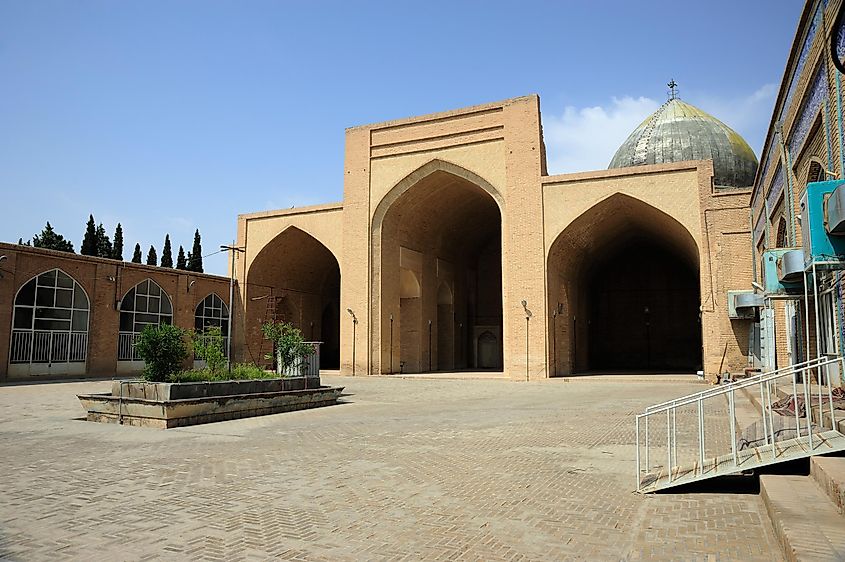
The Damghan earthquake, one of the worst natural disasters ever, struck the southern edge of the eastern section of the Alborz mountains in an area that is currently part of modern-day Iran. The epicenter of this disastrous earthquake was located close to Damghan, the populated capital of the Qumis province of Persia.
With a magnitude of 7.9 and an intensity of X on the Mercalli intensity scale, the Damghan earthquake killed nearly 200,000 individuals in the area where it struck. Almost all the villages in the area and several towns were severely damaged. Nearly half of Damghan was in ruins after the earthquake.
Final Thoughts
Thankfully, the majority of the worst earthquakes ever recorded, happened in times and places where building codes and "earthquake-proof" structures were not invented. That being said there have still been deadly earthquakes this century. Hopefully, better precautions can be taken to ensure the next "big one" claims as little human life as possible.











